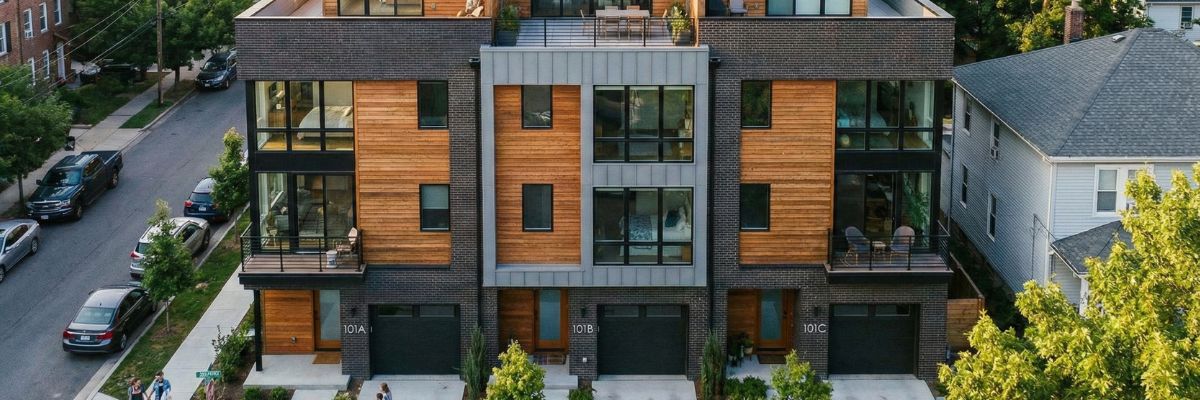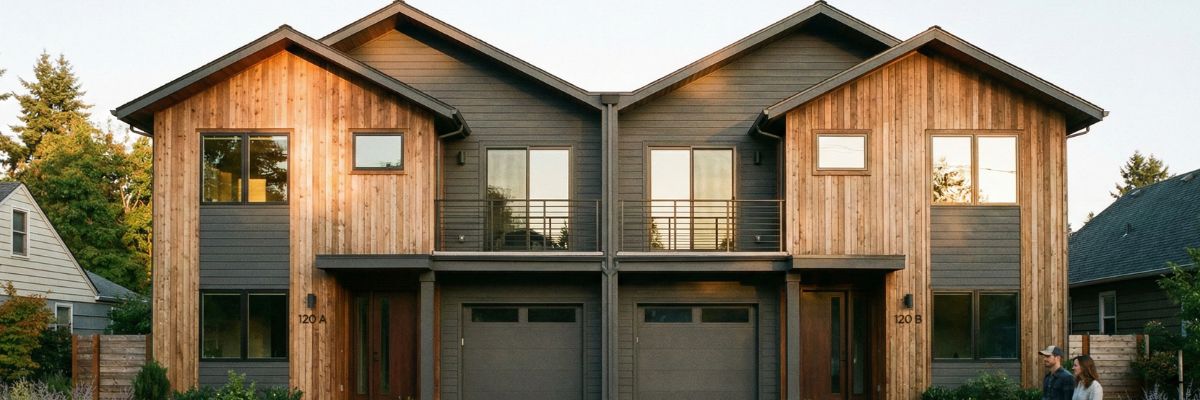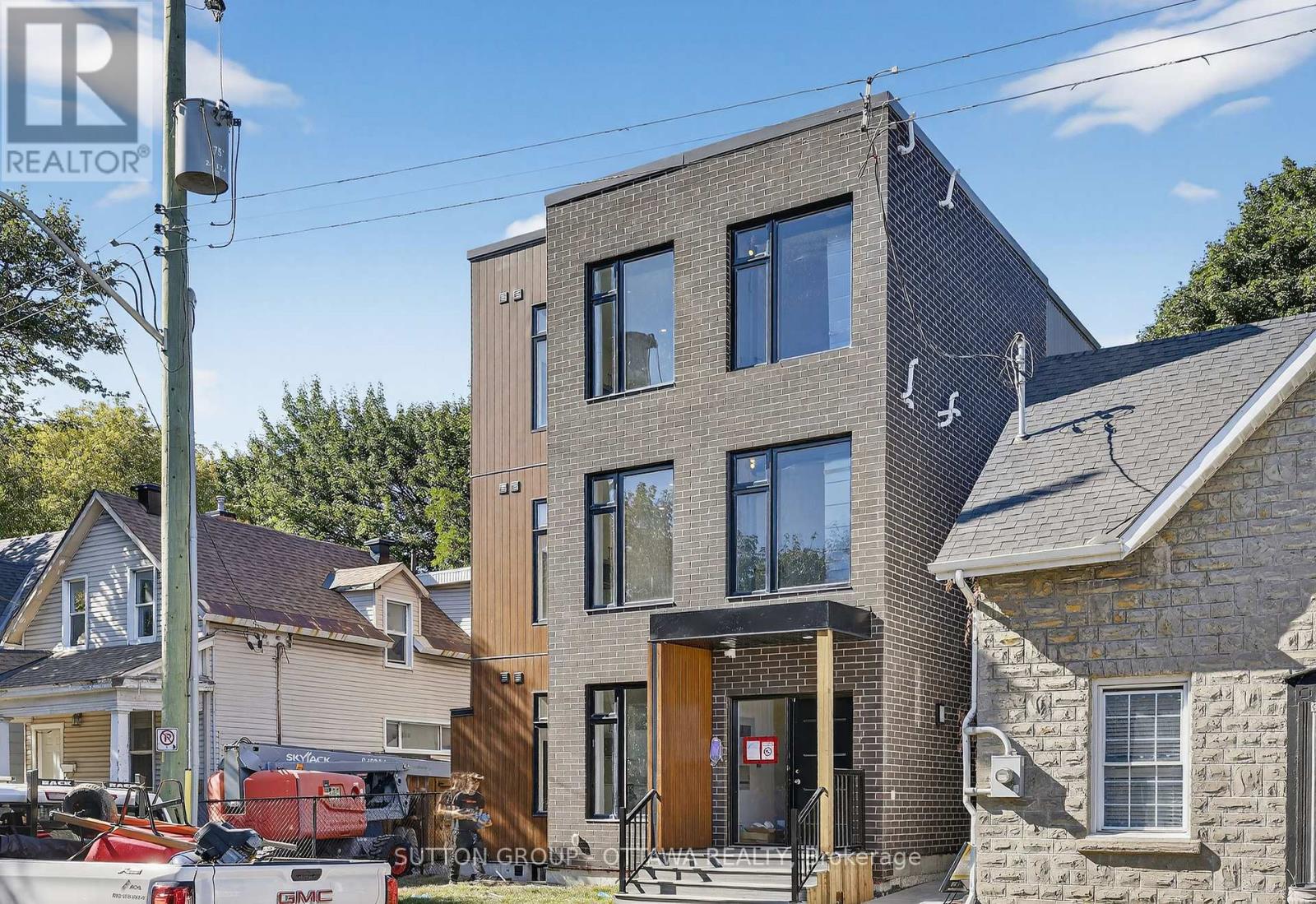Custom Homes Vs Production Homes: Which Is Right For You?
A custom home is a one-off design tailored to a specific client and lot, while a production home is a standardized plan built repeatedly in a subdivision with limited personalization.
Custom builds give maximum design control and uniqueness at higher cost and longer timelines, whereas production prioritizes affordability, speed, and predictability. Choosing between these two paths is the first and most critical step in the home building journey, as it dictates your budget, your involvement level, and ultimately, the lifestyle your new home will support.

Custom vs. Production Homes: A Complete Guide to Choosing Your Path
When prospective homeowners decide to build rather than buy an existing resale home, they are often confronted with a confusing array of terminology. Terms like "spec home," "tract home," "custom," and "semi-custom" are frequently tossed around in real estate listings. However, the fundamental divide lies between Custom and Production building. Understanding the mechanics, costs, and timelines of each will help you avoid costly missteps and ensure the final product aligns with your vision.
Core Definitions: Understanding the Difference
To make an informed decision, it is essential to look past the marketing language and understand the business models behind these two types of construction.
What is a Custom Home?
A custom home is designed essentially from scratch around a particular site and a specific client. It is a prototype-a structure that has never been built before and likely never will be again in the exact same way. The process typically starts with the land. Once you secure a lot, you assemble a team, often involving an architect or design-build firm. In this scenario, the owner controls every variable: the orientation of the home to capture sunlight, the architectural style, the interior layout, and the technical specifications.
What is a Production Home?
A production home (often called a volume or tract home) is built by a large-scale builder from a fixed catalog of plans within a master-planned community. These builders purchase large tracts of land, subdivide them, and construct homes using a library of blueprints that have been value-engineered for efficiency. While the exteriors (elevations) may vary to create streetscape diversity, many homes within the neighborhood will share identical or mirrored floor plans. The builder owns the lot and the house until the moment of closing, selling them together as a package.
Design Flexibility: The Freedom Factor
The most tangible difference between the two paths is the level of "say" you have in the final product.
Custom: The Blank Canvas
In a custom project, "no" is rarely an answer, provided your budget allows for it. Custom homes allow full control over the floor plan, room sizes, structural details, and nearly every finish.
- Structural Freedom: If you want 12-foot ceilings, a basement tailored for a home theater, or a garage that accommodates a boat, the design is drawn to meet those needs.
- Site Specificity: A custom design can address unique lot challenges, such as steep slopes or odd shapes, turning them into architectural features rather than liabilities.
- Specialized Functions: This is the ideal route for specific lifestyle needs, such as fully accessible multigenerational suites, commercial-grade kitchens, or eco-friendly systems like geothermal heating.
Production: The Menu Approach
Production homes usually limit changes to pre-set structural options. Because these homes are built on an assembly-line model, efficiency is key. You cannot move a wall just because you want a larger pantry. Instead, you select from a menu of approved structural modifications, such as:
- Adding a covered patio or sunroom.
- Converting a flex space into a bedroom or office.
- Choosing between a tub/shower combo or a walk-in shower in the primary bath.
- Selecting an alternate kitchen layout (e.g., island vs. peninsula).
Beyond structure, personalization happens at the builder’s "Design Center." Here, you select from curated design packages for flooring, cabinets, countertops, and fixtures. While you can make the home beautiful, you are generally restricted to the brands and styles the builder has in stock.
Cost and Value: Beyond the Price Tag
Financially, custom and production homes operate in different stratospheres. It is crucial to understand not just the total cost, but the cost per square foot and the financing mechanisms involved.
The Economics of Production Building
Production homes benefit from massive economies of scale. Large builders buy lumber, windows, and appliances in bulk, negotiating prices that a custom builder cannot match. Furthermore, because the plans are reused, the architectural and engineering costs are spread across hundreds of units.
- Base Pricing: Production builders advertise a "base price" that is usually very attractive.
- The Upgrade Trap: Buyers must be wary of "upgrade creep." While the base price is low, adding premium finishes, better carpet padding, or recessed lighting can raise the price significantly. However, even with upgrades, production homes generally offer the lowest cost per square foot for new construction.
The Investment of Custom Building
Custom homes typically cost significantly more per square foot. You are paying for one-off design work, individual structural engineering, and often higher-spec materials that aren't bought in bulk.
- Soft Costs: In addition to bricks and sticks, custom buyers pay for site preparation (clearing trees, bringing in utilities), permitting, and architectural fees.
- Allowances: Custom contracts often use "allowances" for finish materials (e.g., $20,000 for cabinetry). If your tastes exceed the allowance, you pay the difference out of pocket.
- Appraisal Value: A custom home’s value is intrinsic to its quality and uniqueness, but it can be harder to appraise if there are no comparable homes in the area.
Timeline and Process: The Waiting Game
Your timeline requirements may make the decision for you. Do you need a home in six months, or are you willing to wait two years for perfection?
The Custom Timeline (8-12+ Months)
Custom projects are a marathon.
- Pre-Construction (3-6 months): Before breaking ground, you must find land, hire an architect, iterate through design drafts, and navigate local zoning and permitting processes.
- Construction (12+ months): Because every detail is unique, tradespeople cannot work on "autopilot." Site-specific issues, such as hitting rock during excavation or waiting for special-order windows, can cause delays.
- Coordination: The homeowner is heavily involved, attending site meetings and making hundreds of decisions throughout the build.
The Production Timeline (6-9 Months)
Production homes are a sprint.
- Streamlined Permitting: The builder often has the master plan pre-approved by the city, cutting months off the front end.
- Efficient Build: Crews move from house to house in the subdivision, performing the same tasks repeatedly. Supply chains are optimized for the specific materials used in that community.
- Inventory Homes: For those who cannot wait at all, production builders often sell "spec" or inventory homes-houses that are already under construction or finished, allowing for a 30-to-60-day close.
Land and Location
The relationship to the land is a major differentiator. In a Production scenario, the land is part of the package. You are buying into a community that likely includes amenities like sidewalks, pools, and parks. However, lot sizes are typically smaller to maximize the developer's yield, and you are subject to an HOA (Homeowners Association) that dictates exterior aesthetics.
In a Custom scenario, you must find and purchase the land first. This gives you the freedom to build on five acres in the country or a narrow infill lot in a historic city center. However, it also places the burden of due diligence on you-ensuring the land has access to water, sewer/septic, and electricity is your responsibility, not the builder's.
Who Each Option Fits Best
Ultimately, the choice depends on your personality, your budget, and your stage of life.
Choose a Custom Home If:
- You want a "Forever Home": You are building the house you intend to retire in, and you want it to fit your lifestyle like a glove.
- You have a distinct vision: You care deeply about architectural integrity, specific materials, or unique layouts that don't exist in the general market.
- You have a flexible budget and timeline: You can absorb the higher costs and potential delays inherent in bespoke construction.
- You own a unique piece of land: You have a lot with views or topography that requires a site-specific design to maximize its potential.
Choose a Production Home If:
- You value value: You want the most square footage and modern features for your dollar.
- You need predictability: You need to know exactly when you can move in and exactly what the final mortgage payment will be.
- You prefer community: You want to live in a neighborhood with established infrastructure, schools, and amenities.
- You get decision fatigue: You prefer choosing from three distinct, professionally designed styles rather than being asked to pick out every doorknob and hinge.
Building a home is a journey. Whether you choose the blank canvas of a custom build or the streamlined efficiency of a production home, understanding these core differences ensures that you embark on the path that leads to the right home for you.

.svg)





.jpg)
.jpg)



